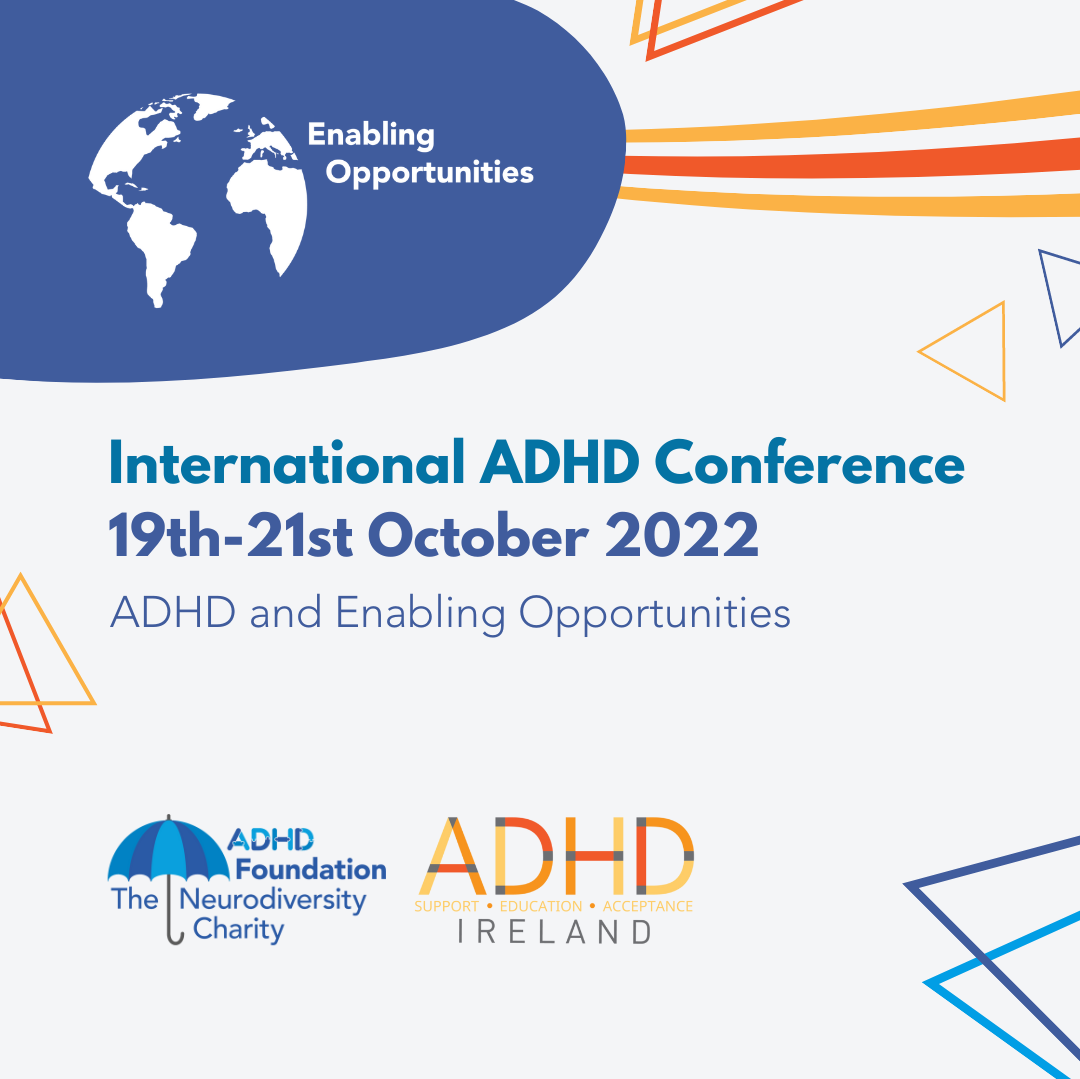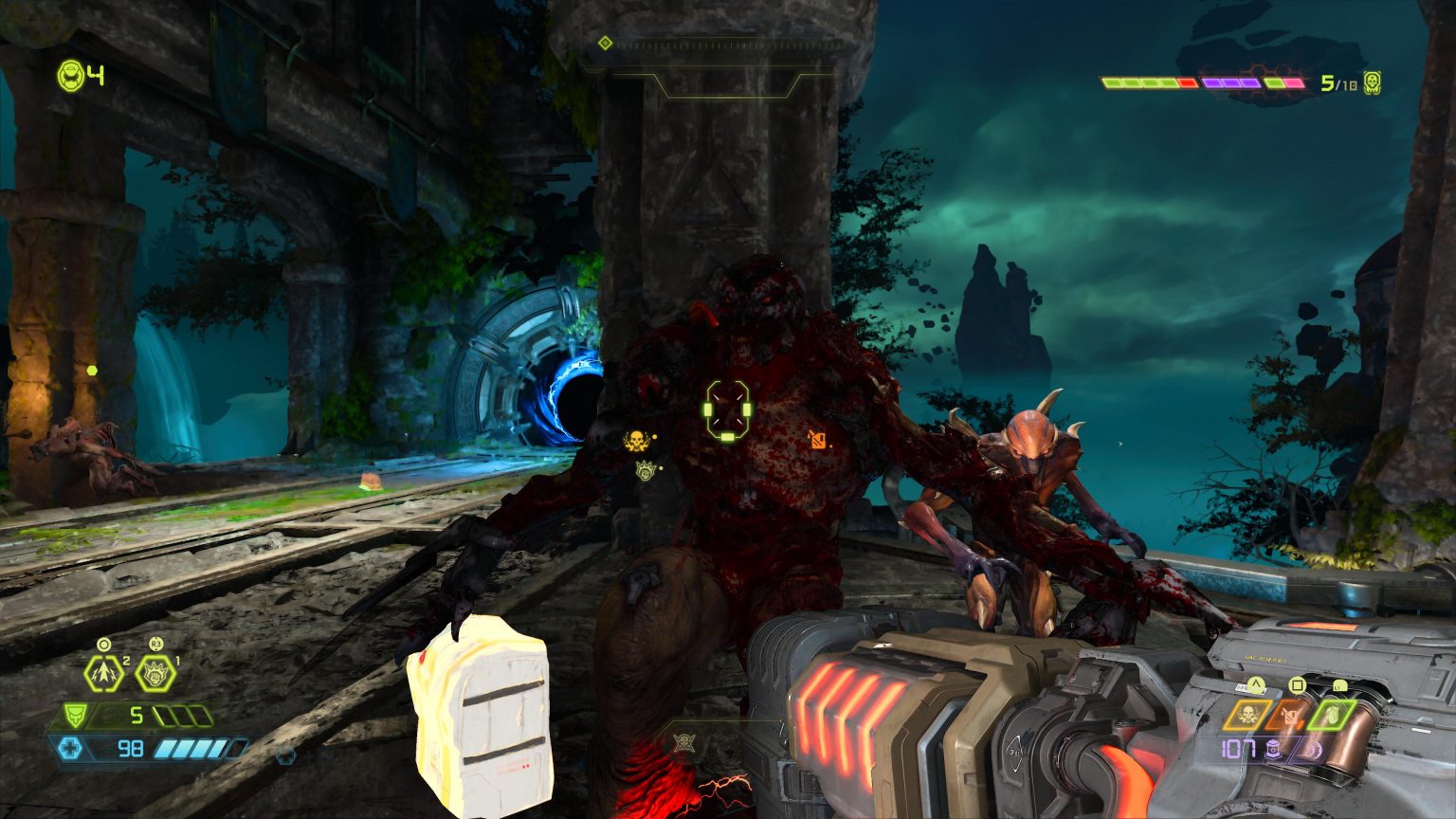The Inner Workings Of ADHD: Exploring The Minds Of Those With ADHD

Table of Contents
Neurological Differences in ADHD Brains
Understanding ADHD requires looking at the brain itself. Neuroimaging studies reveal significant differences in brain structure and function in individuals with ADHD compared to neurotypical individuals.
Brain Structure and Function
- Smaller Volume in Certain Brain Regions: Research indicates individuals with ADHD often have a smaller volume in specific brain areas, including the prefrontal cortex (responsible for executive functions like planning and decision-making) and the basal ganglia (involved in motor control and reward processing).
- Altered Connectivity Between Brain Areas: Studies also show altered connectivity between different brain regions in individuals with ADHD. This means that the communication pathways between these areas may be less efficient, impacting information processing and coordination.
- Dopamine and Norepinephrine Imbalances: These neurotransmitters play crucial roles in attention, motivation, and impulse control. Imbalances in their levels are strongly implicated in ADHD symptoms.
These structural and functional differences contribute to the difficulties individuals with ADHD experience in various aspects of daily life. For example, reduced prefrontal cortex volume can lead to challenges with planning and organization, while altered connectivity might manifest as difficulties with focusing and shifting attention. (Source: [Insert citation to relevant research here – e.g., a reputable journal article]).
Neurotransmitter Imbalances
Dopamine and norepinephrine are key players in the brain's reward system. In ADHD, imbalances in these neurotransmitters disrupt this system, leading to:
- Difficulty with Focus and Task Completion: The brain struggles to experience the same level of reward from completing tasks, making it harder to stay motivated and focused.
- Hyperactivity and Impulsivity: The imbalance can contribute to increased restlessness and impulsive behaviors as the brain seeks alternative ways to stimulate the reward system.
Many ADHD medications work by modulating the levels of dopamine and norepinephrine, helping to improve attention, impulse control, and overall function. However, it's crucial to remember that medication is just one aspect of ADHD management, and often requires a multi-faceted approach.
Cognitive Challenges Associated with ADHD
Beyond neurological differences, individuals with ADHD face a range of cognitive challenges.
Executive Function Deficits
Executive functions are a set of higher-order cognitive processes essential for goal-directed behavior. ADHD significantly impacts these functions:
- Working Memory: Difficulty holding information in mind and manipulating it, making it hard to follow instructions or remember appointments.
- Inhibitory Control: Problems suppressing impulsive thoughts and actions, leading to interrupting conversations or acting without thinking.
- Cognitive Flexibility: Challenges shifting attention between tasks or adapting to changing demands, impacting multitasking and problem-solving abilities.
These deficits affect various aspects of life, from academic performance and workplace productivity to interpersonal relationships. For instance, difficulties with time management and organization can lead to missed deadlines and frustration, while problems with emotional regulation can impact social interactions.
Attentional Difficulties
ADHD is characterized by significant attention problems, encompassing various aspects of attention:
- Sustained Attention: Difficulty maintaining focus on a task for an extended period, leading to frequent distractions and difficulty completing tasks.
- Selective Attention: Challenges filtering out irrelevant stimuli and focusing on the important information, making it hard to concentrate in noisy environments.
- Divided Attention: Problems paying attention to multiple things simultaneously, leading to difficulties multitasking.
The distinction between inattention and hyperactivity/impulsivity is important. While hyperactivity and impulsivity are prominent in some individuals, others primarily experience inattention, sometimes without significant hyperactivity or impulsivity.
The Diversity of ADHD Presentations
ADHD is a spectrum disorder, meaning its presentation varies widely across individuals.
ADHD in Adults vs. Children
ADHD symptoms evolve over time. While hyperactivity is often more prominent in children, adults with ADHD may experience more internalizing symptoms, such as:
- Increased difficulty with emotional regulation: leading to increased anxiety or depression.
- Challenges with organization and time management: impacting work performance and daily routines.
- Low self-esteem: due to ongoing struggles with academic, professional and personal tasks.
Diagnosis and treatment strategies often need adaptation to reflect these developmental shifts.
ADHD Subtypes
The DSM-5 recognizes three ADHD subtypes:
- Predominantly Inattentive Presentation: Characterized primarily by inattentive symptoms.
- Predominantly Hyperactive-Impulsive Presentation: Characterized primarily by hyperactivity and impulsivity.
- Combined Presentation: Exhibiting both inattentive and hyperactive-impulsive symptoms.
It's crucial to understand that ADHD is a spectrum, and individuals' experiences vary significantly, even within the same subtype. Avoid using stigmatizing language and recognize the inherent diversity within the ADHD community.
Conclusion
Understanding the inner workings of ADHD reveals a complex interplay of neurological and cognitive factors. It’s a neurodevelopmental condition, not a character flaw or a lack of willpower. This article highlighted the brain structural differences, neurotransmitter imbalances, and executive function deficits that contribute to the challenges faced by individuals with ADHD. The diverse presentations across age and subtypes underscore the importance of individualized approaches to diagnosis and treatment. Learn more about ADHD and seek support for ADHD through reputable organizations dedicated to helping individuals with ADHD thrive. Explore resources on ADHD and understand that seeking professional help is a vital step towards effective management and improved quality of life. [Insert links to reputable organizations like CHADD here].

Featured Posts
-
 Byd N Menestys Ja Trumpin Mahdollinen Virhe Teslan Kilpailuasema Uhattuna
May 13, 2025
Byd N Menestys Ja Trumpin Mahdollinen Virhe Teslan Kilpailuasema Uhattuna
May 13, 2025 -
 I Skarlet Gioxanson Epivevaionei Telos I Epoxi Tis Black Widow
May 13, 2025
I Skarlet Gioxanson Epivevaionei Telos I Epoxi Tis Black Widow
May 13, 2025 -
 New House Bill Harvard Yale Endowments To Face Substantial Tax Increases
May 13, 2025
New House Bill Harvard Yale Endowments To Face Substantial Tax Increases
May 13, 2025 -
 Explore A New Location In Doom Eternals Dark Ages Ps 5 Dlc
May 13, 2025
Explore A New Location In Doom Eternals Dark Ages Ps 5 Dlc
May 13, 2025 -
 Live Streaming Serie A Epiloges Gia Agones Italikoy Protathlimatos
May 13, 2025
Live Streaming Serie A Epiloges Gia Agones Italikoy Protathlimatos
May 13, 2025
